Treating Melasma at Home
The question I am asked the most is “how to get rid of your dark spots/ melasma”. Here are all of my secret tips and tricks for you!
I’ve had melasma since I was 27. I got an IUD with hormones and almost instantly got these weird dark spots on my cheeks, above my lips and on my left eyebrow. I had no idea what it was and I was FREAKED OUT. So after hours of research and speaking with all of my aesthetic nurse friends I realized I had one of the worst things you could get if you want flawless skin… melasma 🙁
I would love to say there is a happy ending to my melasma story but there isn’t. Melasma is like herpes… permanent. All you can do is try to keep it at bay. Fortunately, it is harmless, preventable and somewhat treatable.
So, What is Melasma?
Melasma is a skin condition characterized by patches of brown, tan, and blue-gray skin discoloration, and it’s most often seen in women in the middle of their reproductive years. It is also known as “pregnancy mask” because 50% of women get it when they are pregnant.
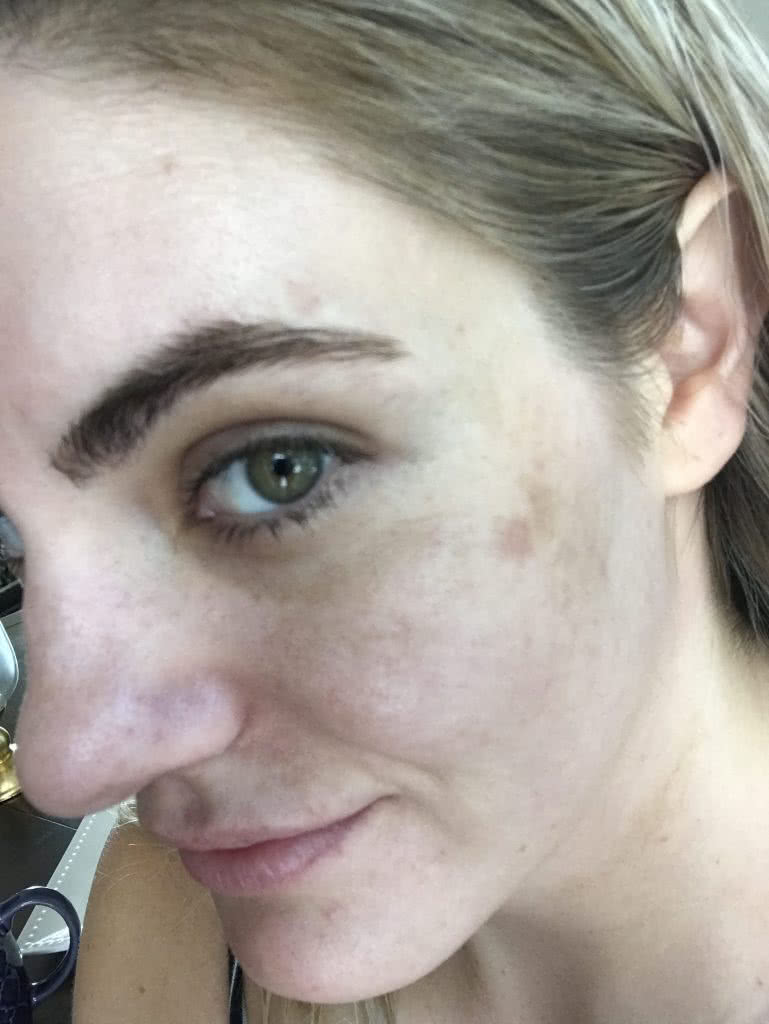
What’s the Difference Between Melasma and Hyperpigmentation?
The two can look similar but melasma is pretty easy to spot. It usually appears on your cheeks, top of your nose, forehead, chin, and above the upper lip. It can also appear on other parts of the body that get a lot of sun, like your forearms and neck.
Hyperpigmentation is the residual mark from a zit or other injury to the skin. They can be treated very similarly, but there are way more options to treat hyperpigmentation.
How Do You Prevent Melasma?
If I could go back to my mid 20’s I would have worn sunscreen EVERYDAY, even when I worked inside an office. I was so nonchalant about sunscreen because I never burned and loved having a nice tan. BIG MISTAKE. Now I have these really fun permanent marks on my face.
Also, wear hats when you’re out in the sun and try to avoid being in the sun during peak hours: 10am-2pm.
Here are links to my favorite visors:
If your melasma is from something like pregnancy or taking birth control, it may go away once you’re no longer pregnant or using any sort of hormones. Unfortunately, many of the products used to treat melasma aren’t pregnancy/ breastfeeding safe so please speak with your doctor before you use anything I suggest.
Ok, So You Have Melasma… Now What?
DO NOT GET A PHOTOFACIAL. I REPEAT- STAY AWAY FROM LASERS- ESPECIALLY IPL!!! The heat can make it worse! Besides that, start treating it right away!!! The pigment in brown spots (melanin) moves deeper into the skin over time, so a spot is easiest to erase when it’s still relatively new. With that said, it is never too late to start trying. They say the best time to plant a tree is 10 years ago or today. Think of melasma like that.
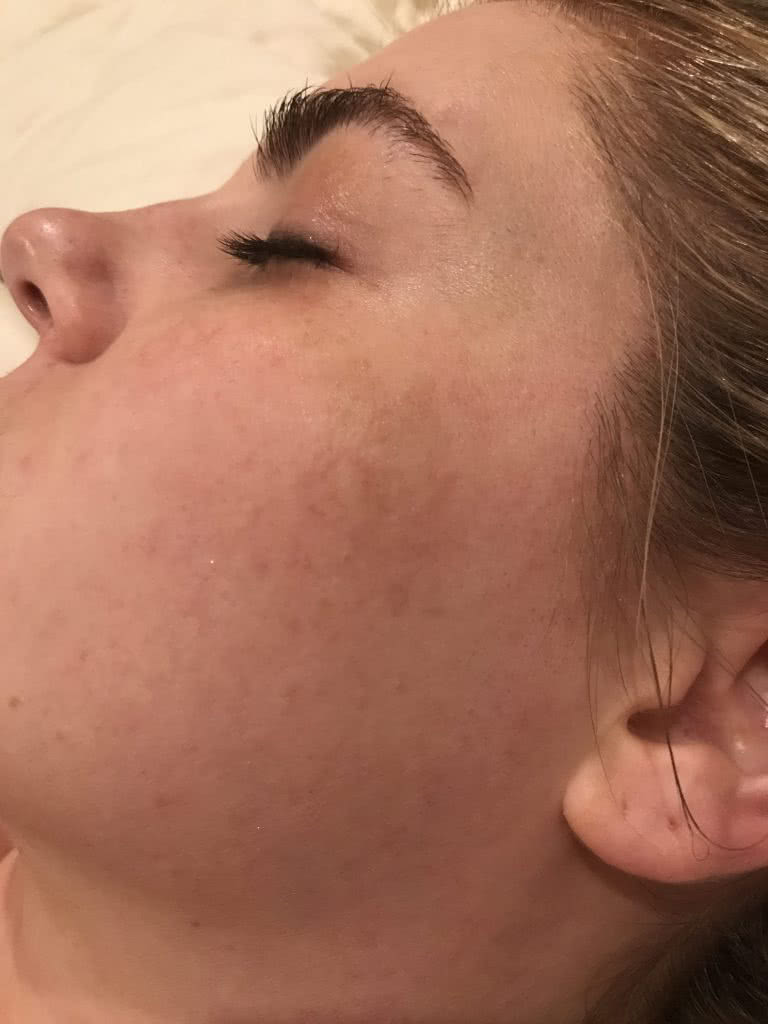
Easy Changes to Help Your Melasma
- Find a sunscreen you LOVE and wear it EVERYDAY (yes, even when it’s cloudy). This took me forever because I have combination skin and I felt like most sunscreens are greasy. I have found a few that I love, here are the links to purchase them
- Wear wide-brimmed hats/ visors to protect your face when you’re outside.
- Tint your car windows.
- Don’t wax any areas that are affected because it can cause skin inflammation that can make melasma worse.
- Avoid heat whenever possible. Hot yoga, steam rooms, saunas, steam from cooking. Basically, if you feel warmth on your skin, you are activating your melasma.
- I just discovered these pills that contain specific antioxidants that help fight against the harmful effects of free radicals, which will fight skin sensitivity and pigment from the inside!
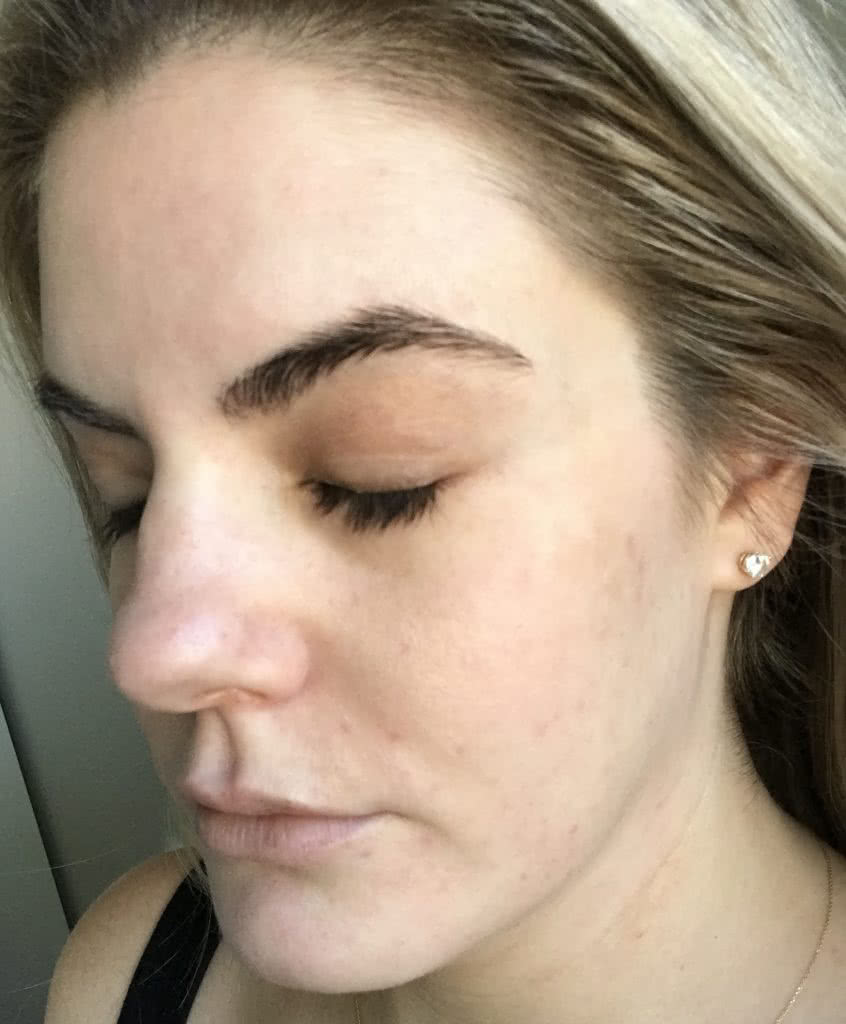
Skin Care Treatments for Melasma
The good news is that melasma is something you can treat at home!
Hydroquinone is the most common treatment for melasma. It lightens skin by affecting melanin production in the targeted areas, and you can get maximum of 2% hydroquinone over-the-counter or 4% in a prescription. Medical Spa’s and dermatologists can prescribe this for you.
- hydroquinone is not a long-term daily treatment. Start using it every few days to let your skin adjust. Then increase it to daily. Only use it for 3 months then take a break for at least 4-6 weeks.
- I suggest taking before pictures to track your progress!
During the break from hydroquinone, you can use great alternatives like azelaic acid, kojic acid, vitamin C, or one of my favorites- Jan Marini’s Luminate.
Here are the links for amazing products to treat your melasma topically!
Many of these products I listed are pricey but so worth it! Being happy with your skin feels so good and you deserve to love the skin you’re in!
On another note, now that you’ll be avoiding the sun, check out this post to see my favorite drugstore self-tanner!
I hope this helps! Leave any other questions you have in the comments.
xx,





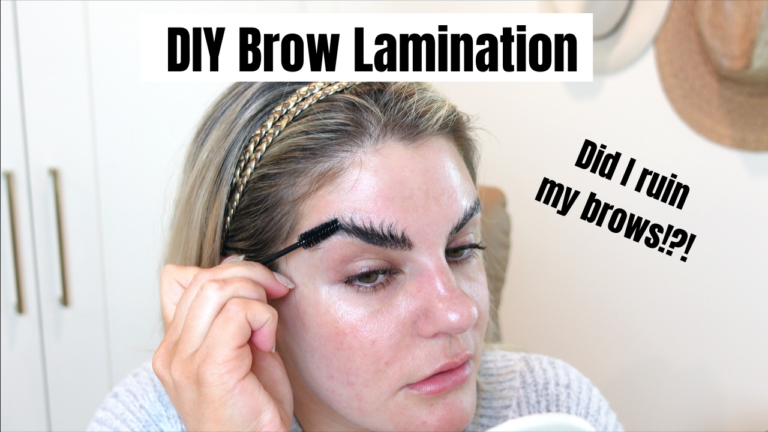
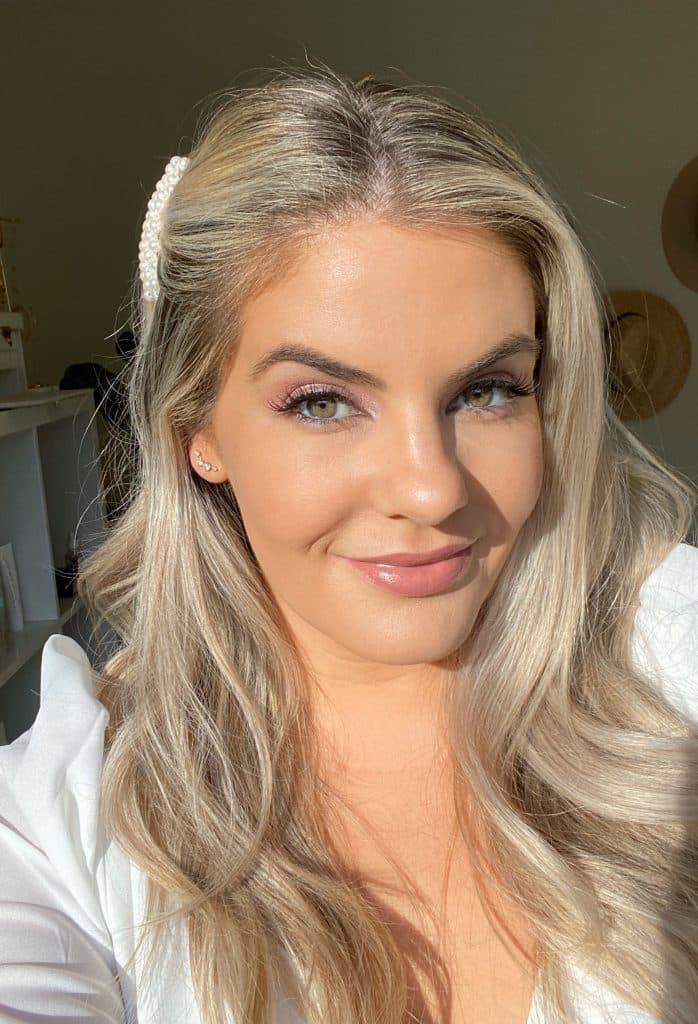


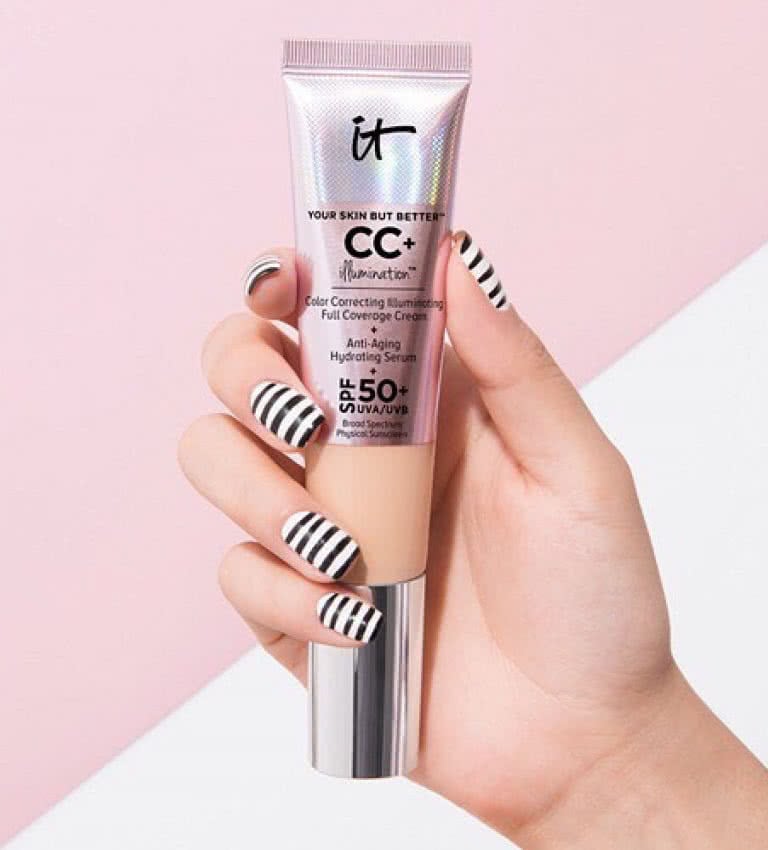

Hey Lauren! Great post!
Since I’ve been lucky enough to acquire melasma I’ve been protecting my face everyday, but I hardly ever put sunscreen on the rest of my body.
Recently someone told me that if the sun touches my body anywhere not including my face it could trigger the melasma on my lip. Any idea if this is true?
Hey Jill, Thank you! I’m so happy to hear you’ve been protecting your face! Melasma is triggered if there is heat on that specific area. So, no if the sun touches your body it won’t make your lip melasma worse. Don’t worry 🙂
So helpful!! Thank you ????
Interesting read. I’m curious to learn how it turned out? Were you ever transitioned into retinol with niacinaminde and tranexamic acid to replace hydroquinone as the main tyrosinase inhibitors?
I agree with no IPL, but careful laser treatments and chemical peels can actually help the initial effects of melasma by getting rid of the top layers of skin that have been affected. But of course this needs to be done in a medical clinic with a doctor’s oversight to not cause more damage, as you’ve noted.
Thanks for sharing all this!